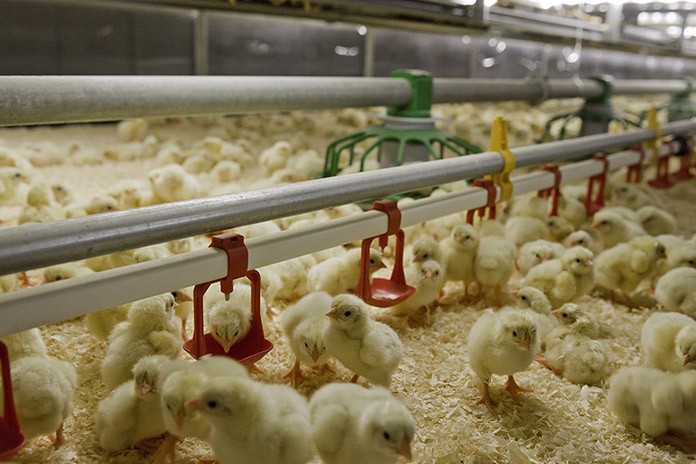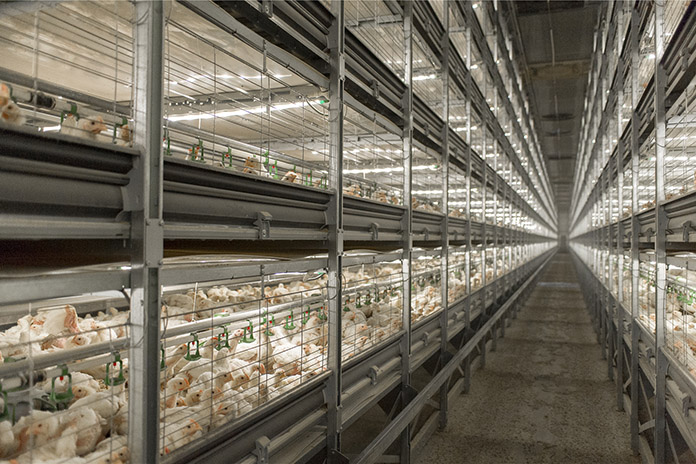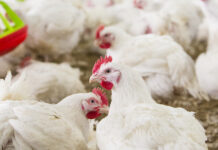
There is an increased awareness recently in relation to the sensible use of antibiotics within poultry and livestock production. When looking at broiler production, the use of antibiotics is highest in the first week of life. How can we explain this?
The first 48h of a broilers’ life
Although a good start of broiler chicks is considered crucial to good broiler health, it can be questioned whether current incubation systems and hatchery management procedures meet the young chicks’ requirements. This is due to 3 important factors:

- Delayed feed and water access
Chicks hatch over a time frame of approximately 24-36 hours and are removed from the hatchers only when the majority of the chicks have hatched. For early hatching chicks, this practice can lead to a delay in being placed on the farm. Hindering access to the chicks first feed and water intake. The delay in access to feed and water may mount up to 50 hours. This relates to inferior growth post-hatch, but also to impaired development of the gastrointestinal tract, immune functioning, and capacity to withstand cold exposure.
2. Hatching and brooding environment
Environmental conditions in the hatcher do not seem to match the chick’s requirements. In the last phase of incubation, broiler hatching eggs, and newly-hatched chicks produce considerable amounts of heat. Over-heating is prevented by using high air velocities. However, this air carries dust, generated during hatching, along with possible pathogens, present on or inside the eggs, and recirculates them throughout the cabinet during the last 2 days of incubation. Large amounts of airborne fluff and dust during hatching are found to be one of the primary sources for Salmonella contamination of broilers.
3. Chick handling and transportation
In larger scale hatcheries up to 500,000 day-old chicks may be processed over the same equipment (separators, conveyor belts, chick counting machines etc.). Contamination of chicks can occur via pathogens that may be found on surfaces of chick handling equipment. Furthermore, transportation is considered one of the most stressful events in animals’ lives. Since stress makes birds susceptible to diseases, transportation is always a risk factor that should be minimized.

On-farm hatching
It can be questioned whether the hatchlings’ requirements can be met by the current hatchery practices. An alternative to traditional hatchery practice (and related impacts on the broilers health), is to combine the hatching and brooding phase. Since 2004, Vencomatic Group has been working on the development of on-farm hatching systems. After 18 days of incubation in a conventional hatchery, apparently fertile eggs are transported to the farm for the last 3 days of incubation.
After hatching the chicks remain in the house during their growing period. Therefore for these chicks, hatchery processes such as counting, packaging and transportation are omitted and the chicks have immediate post-hatch access to feed and water. Also, climate conditions in the early post-hatch phase mimic those recommended by the breeding companies. It is probably a combination of these 3 factors that allow farmers using on-farm hatching systems to reduce antibiotics use by over 50%.
Vencomatic Group is known for its innovative and sustainable systems for the poultry industry. Combining three well-known brands – Vencomatic, Agro Supply and Prinzen – Vencomatic Group offers a full range of innovative systems for all types’ of poultry farms.
















